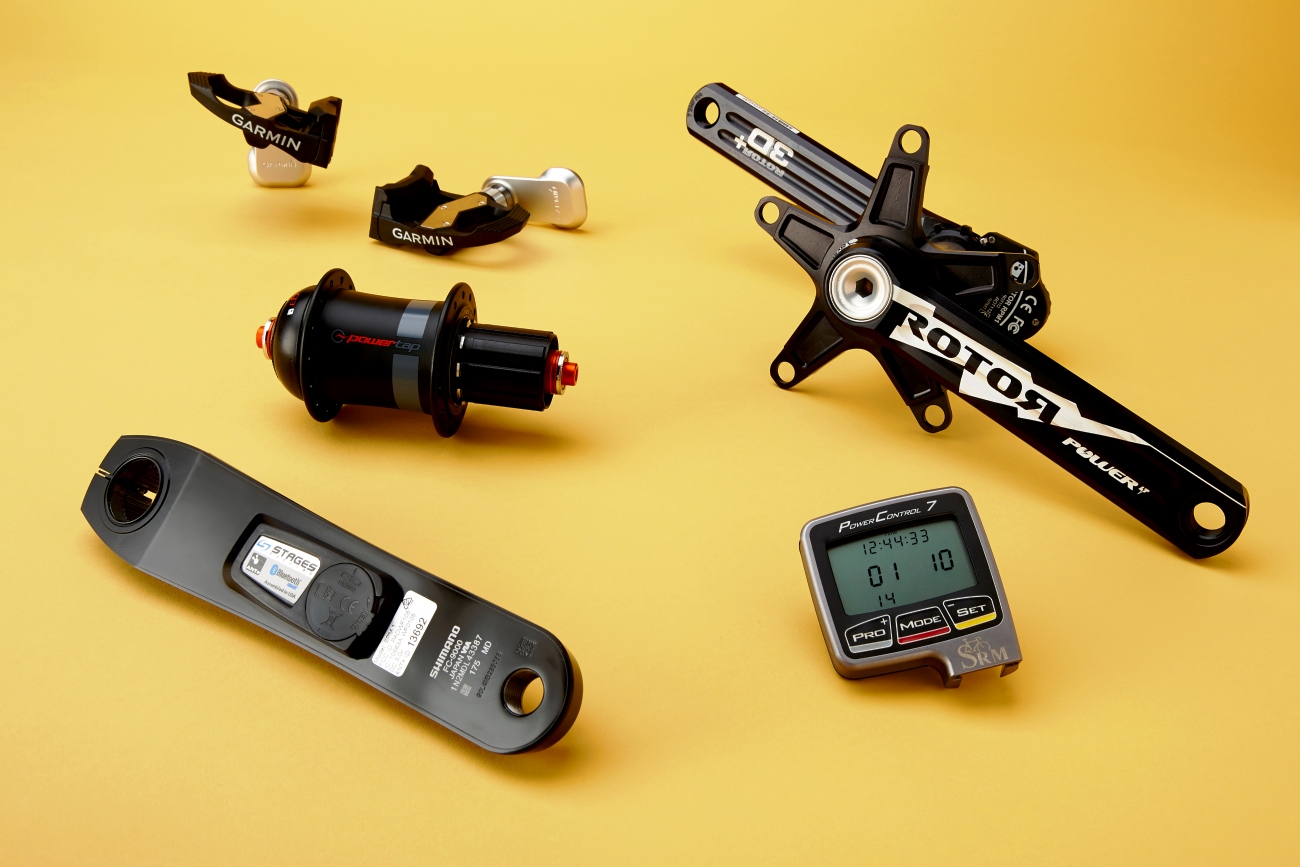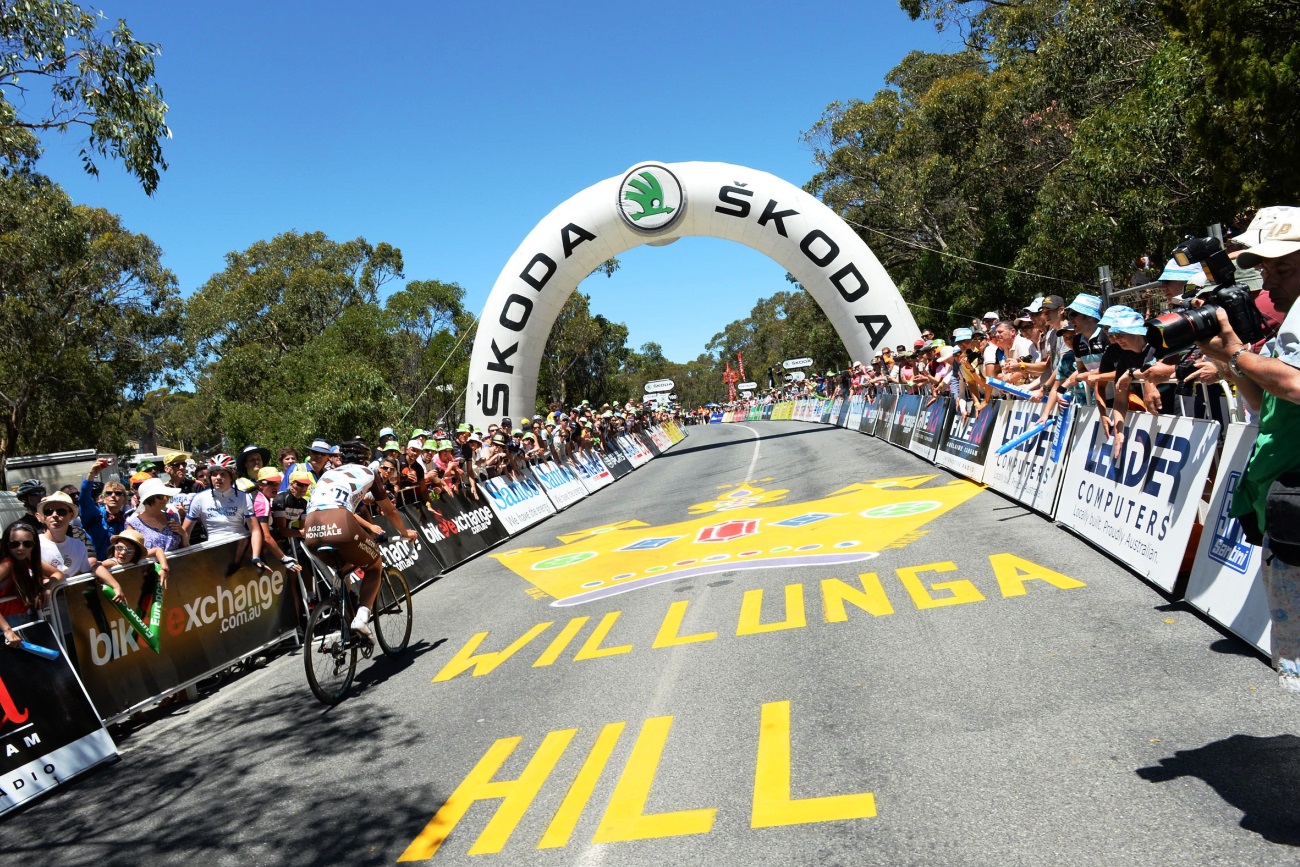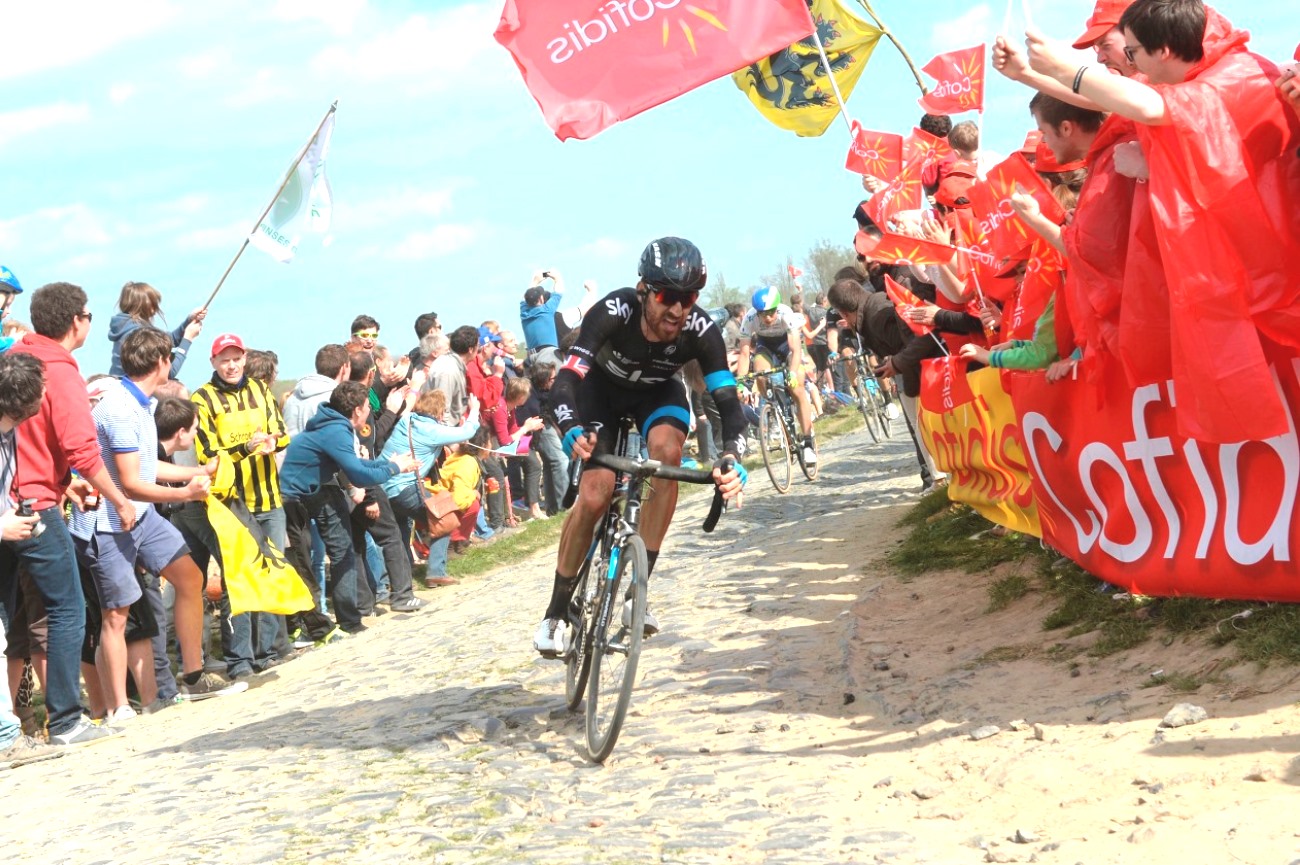3. How to train with power
-

Training with power might still be reasonably expensive, but it's by far the best metric for measuring your effort
-

-

There's no reason why your smartphone can't be your most valuable resource for all things cycling-related
-

While power meters were once the preserve of pro cyclists, they're now increasingly popular with amateurs
-

-

Sprint like Mark Cavendish away from traffic lights (Pic: Tim De Waele/TDW Sport)
3. How to train with power
The first thing you need to do after fitting your power meter is to do an FTP test.
FTP stands for functional threshold power. You will be familiar with this term if you have read my previous articles on training zones and lactate threshold but, in short, it is essentially the number of watts you can sustain for one hour. From this number you can go on to calculate your training zones.
To perform an FTP test with a power meter you need to find a section of road twenty minutes long. After a good warm-up, set off at a pace you feel you can just sustain for the full 20 minutes (this is probably slightly easier than you think) and aim to hold this intensity for 17 or 18 minutes, at which point give it everything until the end. You need to record your average power for the 20 minutes. To calculate your FTP take the power and multiply it by 0.95 to get a figure which translates to an hour’s effort.
‘Power meters are only for pro riders’
One of the things I often hear as a coach is that ‘power meters are only for pro riders’. While it is true that nowadays you will struggle to spot a pro rider without a power meter, I believe that power meters offer more to athletes with limited time to train.
Training with a power meter is a sure-fire way to ensure that you aren’t doing any ‘junk’ training. Junk training is training that isn’t going to improve your fitness – and if you have limited time to train, perhaps because of work, social or family commitments, then you need to cut out the junk!
I have coached a lot of riders who have made the transition from training with a heart rate monitor to training with a power meter and every rider who has made the switch has commented on the improvement in the quality of each training session. To paraphrase one of my clients: ‘When using a heart rate monitor you are riding, but with a power meter you are training.’





